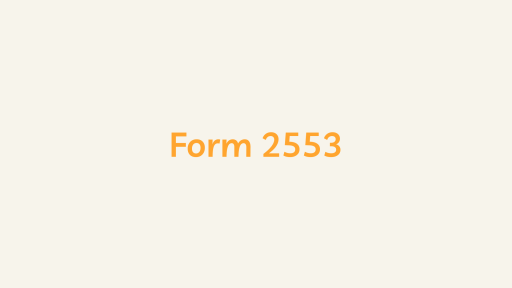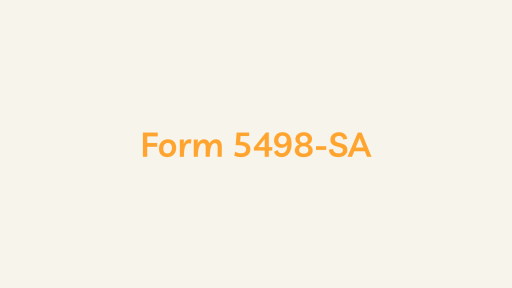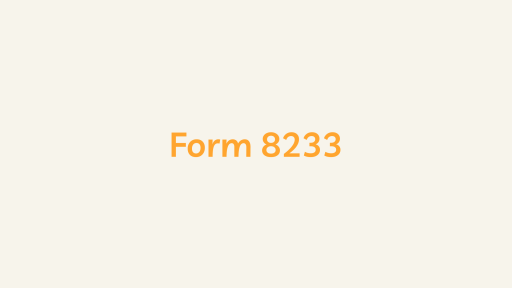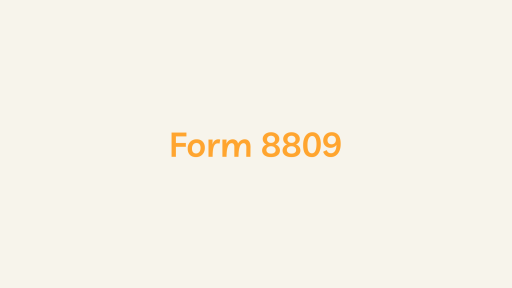What is Form 1120-S?
Form 1120-S, the U.S. Income Tax Return for an S Corporation, is a tax form used by S corporations in the United States to report their income, gains, losses, deductions, and other tax-related information to the Internal Revenue Service (IRS). S corporations are a type of business entity that elects to pass income, deductions, and credits through to their shareholders for federal tax purposes.
Download Form
Download instructions
Key Components
- Entity Information:
- The form begins with basic information about the S corporation, including its name, address, Employer Identification Number (EIN), and the date it was incorporated.
- Income and Deductions:
- The form requires detailed reporting of the S corporation’s income, including income from operations, interest, dividends, and capital gains. Deductions, such as cost of goods sold, salaries, and other business expenses, are also reported.
- Tax Calculation:
- The corporation calculates its taxable income, taking into account various adjustments and deductions allowed by the tax code.
- Tax Credits:
- Any applicable tax credits are reported on the form. Common credits include the General Business Credit and the Foreign Tax Credit.
- Shareholders’ Share of Income, Deductions, and Credits:
- The form includes a Schedule K-1 for each shareholder, detailing their share of the corporation’s income, deductions, and credits. Shareholders use this information to report their individual tax liabilities.
- Balance Sheet Information:
- S corporations must provide balance sheet information, including assets, liabilities, and shareholders’ equity.
- Schedule L, M-1, and M-2:
- Schedule L provides information about the corporation’s balance sheet, Schedule M-1 reconciles book income to taxable income, and Schedule M-2 reconciles the corporation’s retained earnings.
- Other Information:
- Depending on the specific circumstances of the S corporation, additional schedules and forms may be required to report items such as passive income, tax-exempt income, and other special tax situations.
How to Use
- Gather Financial Information:
- Collect all financial records, including income statements, balance sheets, and details of income and expenses for the tax year.
- Complete Form 1120-S:
- Fill out the main sections of Form 1120-S, providing accurate information about the corporation’s income, deductions, and other financial details. Use the provided schedules for specific information.
- Calculate Tax Liability:
- Calculate the corporation’s taxable income and determine its tax liability. S corporations themselves generally do not pay federal income tax; instead, this income is passed through to the shareholders.
- Prepare Schedule K-1:
- Complete Schedule K-1 for each shareholder, detailing their share of the corporation’s income, deductions, and credits. Provide this schedule to each shareholder for their individual tax reporting.
- File with the IRS:
- File Form 1120-S and any accompanying schedules with the IRS by the due date, which is typically March 15 for calendar year S corporations. If an extension is needed, Form 7004 can be filed to request additional time.
- Distribute Schedule K-1 to Shareholders:
- Shareholders receive their Schedule K-1, which they use to report their share of the S corporation’s income on their individual tax returns.
- Retain Records:
- Keep copies of Form 1120-S, Schedule K-1, and supporting documentation for at least three years in case of an IRS audit.
Conclusion
Form 1120-S is a critical document for S corporations to fulfill their tax reporting obligations. It allows the IRS to assess the corporation’s income, ensure compliance with tax laws, and provide shareholders with the information needed for their individual tax filings. As tax laws and regulations may change, it’s advisable to consult the most recent IRS instructions for Form 1120-S and seek professional tax advice if needed.





